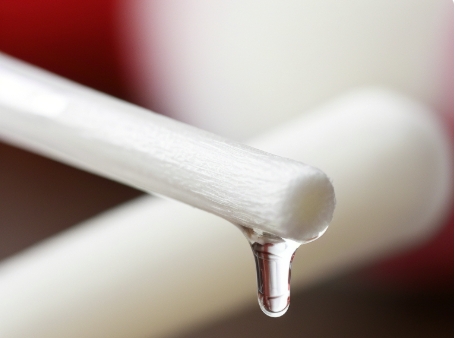
News and Blogs
How to use nasopharyngeal sampling swab correctly? Sampling methods and precautions
Nasopharyngeal sampling swabs are an important tool for respiratory and enterovirus detection, and are widely used in nasopharyngeal sample collection of influenza viruses, H1N1 influenza, highly pathogenic avian influenza and hand, foot and mouth disease. To ensure the accuracy of inspection, operators must strictly abide by the following standardized operating procedures.
[Preparation before sample collection] The operator must confirm that the sampled subject meets the clinical indications: patients with acute stage within 72 hours, and their body temperature continues to be higher than 38℃. According to the "Technical Specifications for Clinical Microbial Testing", the viral load in the nasopharyngeal is in the sensitive period of detection. It is recommended to choose a polypropylene material with strong impact resistance, and the capacity is strictly controlled in the range of 8-10ml, which will dilute the effective concentration of the virus storage solution if it is too large.
[Operational Specifications] Professional extended nasopharyngeal swab (length recommended 18-22cm) is used for sampling, and the diameter of the head end of the microfiber should be ≤3mm, which can minimize nasal stimulation of the subject. In actual operation, it is necessary to pay attention to: 1. The amount of sampling solution is not more than 4ml, and the optimal suspension of the virus particles is maintained; 2. The use of double swab parallel sampling method can increase the positive detection rate by 15%; 3. When encountering cases of pneumonia due to unknown reasons, it is necessary to cooperate with the collection of tracheal extracts for joint testing.
[Sample processing and transportation] The collected samples must be immediately placed in a refrigerated environment of 2-8°C. Research data from the Centers for Disease Control and Prevention shows that using professional cold chain transport boxes to the laboratory within 24 hours, the sample activity can be maintained at more than 92%. If there is a risk of transportation delay, ultra-low-temperature freezing technology of -70℃ must be used. It should be noted that each batch of samples must be accompanied by a registration form containing complete information such as collection time, patient symptoms, medication history, etc.
It is worth emphasizing that the material selection of nasopharyngeal sampling swab directly affects the detection results. The high-quality swab uses medical grade ABS rod body and ultra-flexible fiber head, and its DNA adsorption rate is 40% higher than that of ordinary cotton swabs. In the prevention and control of the new crown epidemic, this sampling tool has clinically verified the capture efficiency of the Omicron variant strain to reach 98.7%. Operators should regularly participate in the biosafety training recommended by WHO to ensure that the sampling process not only meets the testing requirements but also maximizes patient comfort.






